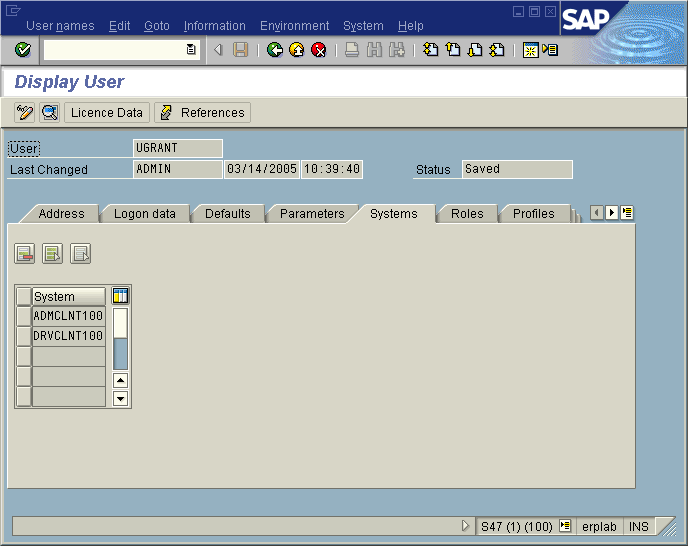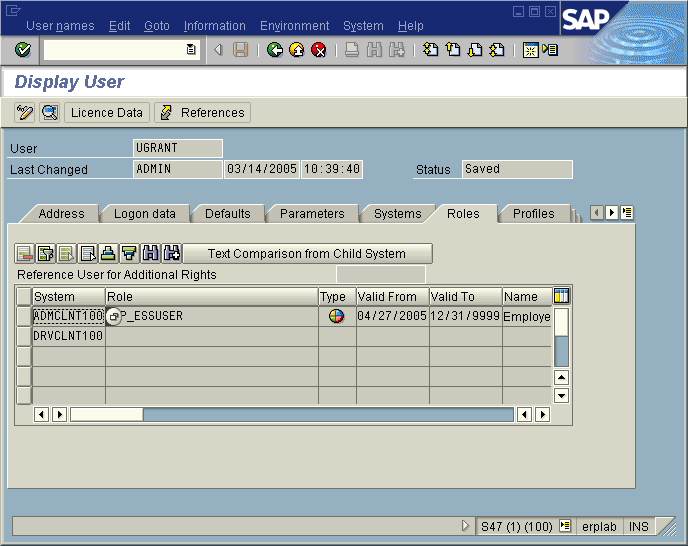8.1 Overview
The driver is designed to perform User management and synchronization with any SAP Application Server. However, the most value can be derived from the driver when it is used in a CUA environment. CUA is the standard User data distribution technology provided by SAP. It is used to distribute data between logical systems on one or more application servers. In a typical CUA landscape, there is one logical system designated as the “Central” system. The Central system administrator has the capability to distribute User account information and access rights to the other Child logical systems in the landscape. There are many variations, however, of the flow of User account information, including configurations where the Child systems can locally administrate some of the User account information and distribute it back to the Central system. The information in this section focuses primarily on using the driver in a basic CUA landscape where User account information is distributed one-way from the Central system to the Child logical systems.
The User Maintenance transaction in SAP is SU01. The major difference between the maintenance options in a CUA environment and a non-CUA environment is the existence of the Systems tab. The entries under this tab indicate which logical systems to which the User account information should be distributed. The following illustration shows a User that is distributed to logical systems ADMCLNT100 and DRVCLNT100.
Figure 8-1 User Distribution to Logical Systems ADMCLNT100 and DRVCLNT100

Another difference can be seen when the Central system has been configured to maintain Role and Profile information on a Global level, which means the Central system administrator can set Role and Profile values for all logical systems in the CUA landscape. When the Global level is selected (via transaction SCUM), the Roles and Profiles for a User account are displayed with the logical system to which they are assigned. The following illustration shows a User assigned the default SAP Employee Self-Service role on logical system ADMCLNT100.
Figure 8-2 A User with the default SAP Employee Self-Service Role on Logical System ADMCLNT100
